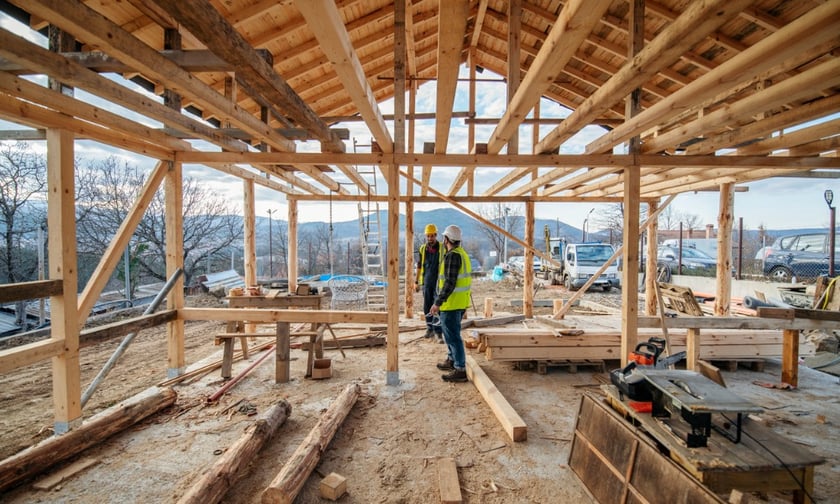

Deep institutional barriers exist to recycling and reusing construction waste, with the construction sector accounting for 18% of Australia’s carbon footprint, new AHURI research has revealed.
The research, Building materials in a circular economy, was conducted by researchers from RMIT University and University of Wollongong. It analysed the life cycles of building materials – from their use during construction, to their disposal or recycling when a building is demolished – to assist the residential housing industry lessen its greenhouse gas (GHG) emissions.
“Although much of the waste generated through construction or demolition can be recycled or be used as a resource in other ways, in general, construction businesses are reluctant to do so,” said Tony Dalton, RMIT University professor and research author.
“Instead, they find that the cost of reusing materials is higher than using new materials; there isn’t an established market for waste materials; they’re hesitant to use available technological and practical knowledge to reduce the waste; and there is a broad perception that Australia has abundant supplies of natural resources, so they don’t really need to bother.”
Over the past 50 years, embodied GHG emissions in residential building materials used each year have nearly doubled from 3.2 million tonnes to 5.7m tonnes in 2020. The consumption of new materials is increasing rapidly, too, with analysis of the industry over the period 2007 to 2019 showing that the use of new building materials is more than double the flow out of waste materials.
“Our research established that 27 industries deliver products and services to the building site when a house or apartment building is being constructed,” Dalton said. “Because residential building projects are time-limited, one-off projects, these supply chains are being continuously dismantled and remade for each new project, which limits the ability of the suppliers to introduce changes to materials or their use.”
“We found that policy development should focus on creating incentives for construction companies to reuse materials, as well as encouraging other ways to reduce embodied energy through material selection and the use of local products that require less transportation. Government regulation can target low carbon building methods and materials, including supporting reuse, rethink, repurpose, or remanufacture.”
AHURI said it is also crucial to recognise that investment decisions can assist with the decarbonisation of building materials and stimulate demand for recycled materials. Requiring the appropriate use of recycled or low embodied-carbon building materials in government building contracts, in particular, can support the reduction in carbon-intensive building practices and materials.
“Ultimately, the idea that carbon is embodied in building materials is a new concept for most people involved in the residential housing system,” Dalton said. “Providing education and training on the benefits and practicalities of building with the circular economy in mind is a high priority.”
The report can be downloaded from the AHURI website.
Use the comment section below to tell us how you felt about this.
